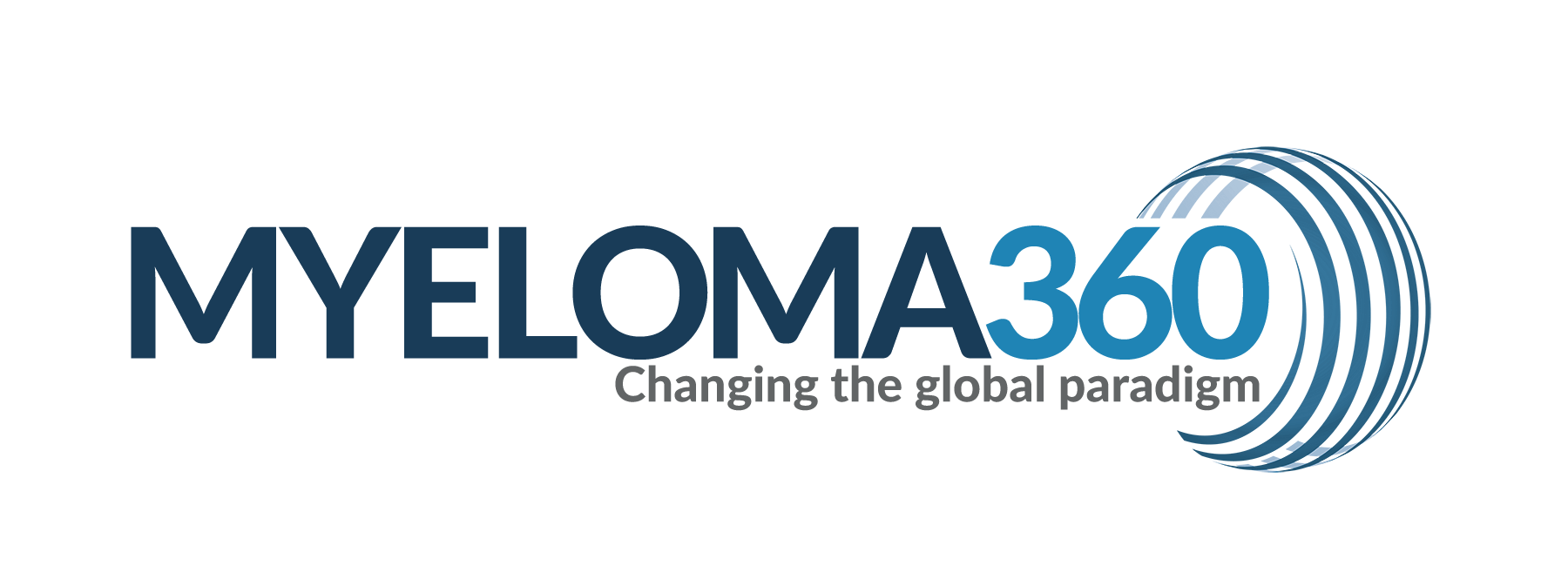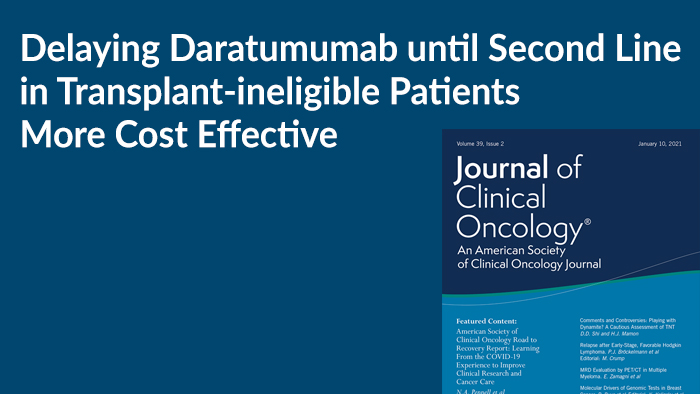A study published in the Journal of Clinical Oncology suggests that using daratumumab in the first-line setting for transplant-ineligible patients may not be cost-effective under current pricing.
the cost of daratumumab would need to be decreased by 67% for first-line daratumumab to be cost-effective
The MAIA trial found that addition of daratumumab to lenalidomide and dexamethasone (DRd) significantly prolonged progression-free survival in transplant-ineligible patients with newly diagnosed multiple myeloma, compared with lenalidomide and dexamethasone alone (Rd). However, the high cost-effectiveness of this strategy is questioned due to the high cost of daratumumab. To determine to cost-effectiveness of daratubumab used in this setting, a Markov model was used to compare healthcare costs and clinical outcomes of transplant-ineligible patients treated with daratumumab in the first-line setting compared with a strategy of reserving daratumumab until the second-line.
Based upon a willingness-to-pay threshold of $150,000 per QALY, the cost of daratumumab would need to be decreased by 67% for first-line daratumumab to be cost-effective.Delaying daratumumab until subsequent lines of therapy may be a reasonable strategy to limit healthcare costs without significantly compromising clinical outcomes.
Reference: DOI: 10.1200/JCO.20.01849 Journal of Clinical Oncology

